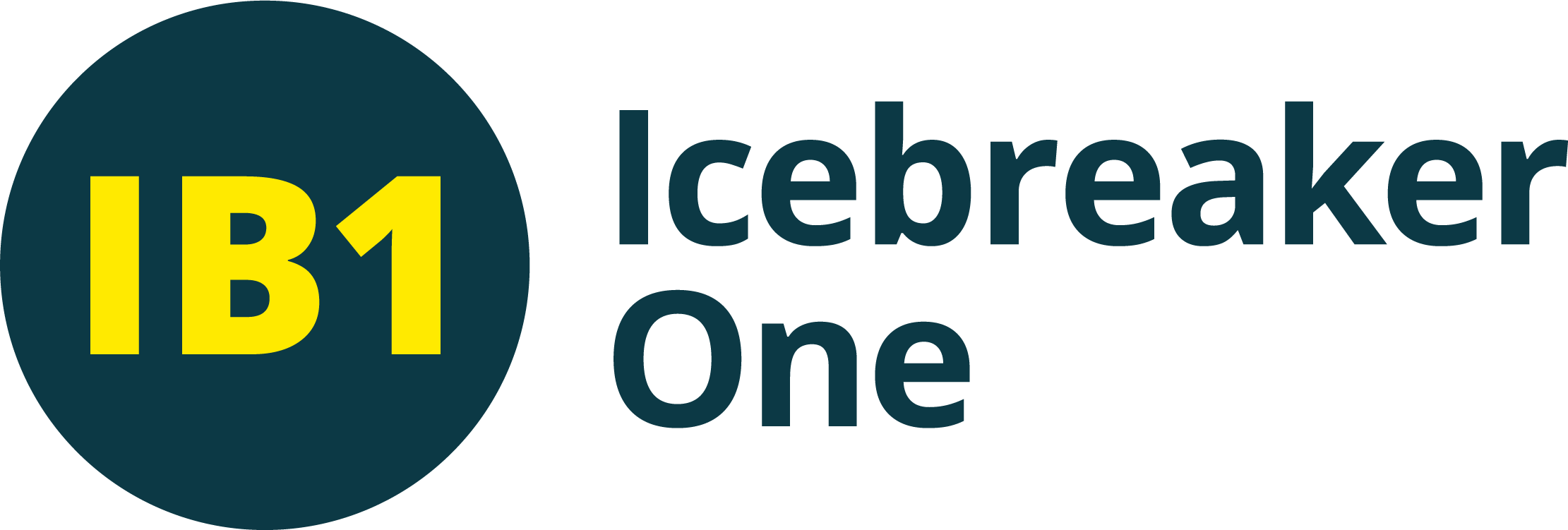There’s been a lot of buzz around smart meters recently, and for good reason. These devices have the potential to save consumers money on their energy bill while reducing energy consumption and slashing emissions. The use of smart meters has seen significant growth too and at the end of March this year, there were around 39 million smart and advanced meters in homes and small businesses across the UK.
So what is a smart meter?
A smart meter is a device that records and transmits your utility usage directly to your supplier, while also giving you insights into your own consumption. Most people are familiar with these household energy smart meters but much less so with water smart meters, which differ significantly in their design, purpose, and implementation.
Not all smart meters are created equal
Smart water meters record a household’s water use and automatically send this information to the water company. According to Anglian Water, they can help customers detect leaks early, monitor their consumption, and receive alerts if their bill is unusually high. And, by encouraging more efficient water use, smart water meters play a valuable role in helping the UK move toward its net zero goals.
However, compared to energy smart meters, water smart meters typically offer less granular data and limited historical records – factors that can reduce their overall impact. You can explore the key differences between the two systems in the table at the bottom of this page.
Why does the Water Sector matter for net zero?
The water sector is an energy intensive one. In fact, the movement and treatment of water is said to create around 3 million tonnes of greenhouse gas emissions each year. This is because every time someone uses water, whether it’s turning on a tap, flushing a toilet, or doing laundry, energy is used to pump and treat drinking water, distribute it through the network, collect and treat wastewater.
The more water we use, the more energy is needed, which leads to higher carbon emissions. And, we’re seeing a rising demand and consumption of water in the UK, with seven regions in England on track to become severely water stressed by 2030. If we are to reach our net zero targets, curbing our water consumption and preventing water wastage, should be top of the agenda.
What can we learn from energy smart meters?
While the water sector faces its own unique challenges, it can draw valuable lessons from the energy sector’s experience with smart meters. The rollout of energy smart meters is further advanced but has not been without difficulties – ranging from incomplete deployment to inconsistent functionality. Both the successes and the setbacks in this journey could provide the water sector with a useful blueprint to follow.
These lessons also hint at a larger problem that the technology itself isn’t enough. To fully unlock their benefits (whether in energy or water) we need a way to make smart meter data more accessible, usable, and secure.
That’s where smart data schemes come in. And, propelled by the recent passing of the Data (Use and Access) Act, smart data schemes could unlock the value of smart meters, paving the way for a much smarter energy system.
But what exactly is a smart data scheme?
A smart data scheme is a framework that enables secure, customer-authorised data sharing between organisations. It supports Smart Data, which is “the process of sharing customer data, upon a customer’s request, with authorised third parties in a secure way. The term ‘Smart Data’ is often used interchangeably with ‘open X’, where X is banking, finance or any other sector”. (Department for Energy Security & Net Zero)
A prime example of a smart data scheme, already in action, is Open Energy. You can think of Open Energy as a smart data scheme, like Open Banking, but for the energy sector. It allows consumers and innovators to securely access and share energy data – unlocking better services, smarter tariffs, and encouraging more sustainable behaviour.
To learn more about our work in Open Energy follow this link: https://ib1.org/energy/uk/
What’s the connection between smart meters and smart data schemes?
To put it simply: smart meters are the source of the data but smart data schemes are the key to creating meaningful impact with this data.
“These meters create datasets that could accelerate energy efficiency and help encourage sustainable behaviours, but the data is currently challenging to access. With the ability to see exactly how much energy they use and when, consumers can optimise their habits and take advantage of smart tariffs that incentivise energy use during off-peak periods. This creates immediate financial benefits for households and drives the adoption of “smart” energy systems across the country.
A Smart Data framework leveraging Smart Meter data could amplify these benefits by accelerating the use of flexible energy tariffs and technologies. Empowering consumers with real-time energy insights ensures that the transition to clean power is not just a policy objective but a grassroots movement supported by informed citizens.” Startup Coalition and TBI project – Smart Data Report.
Smart Data in action
A live example of a cross-sector smart data scheme is our Perseus project, which connects half-hourly smart meter data – with permission from SMEs – to the financial sector. This helps to unlock green financing from banks to accelerate SME decarbonisation efforts. In other words, it links real economy data to the financial economy through a smart data scheme.

“Our work in Open Energy has led, directly, to initiatives like Perseus which is taking smart meter data, with permission from SMEs into the financial sector. It is Data Act ‘ready’ and I believe is the first national cross-sector Smart Data Scheme in the country” Gavin Starks, CEO, IB1.
If you’re interested in being part of a smart data scheme, whether its Open Energy and Perseus, then please get in touch via: icebreaking@ib1.org
Similarities and differences between household energy and water smart meter systems
| Household energy smart meter system | Household water smart meter system | |
| Location of installation | Inside a premises Electricity meters are mostly installed inside premises which can cause issues with the connection to the data network on which it relies. Gas meters are mostly installed on the outside of a building. | Outside a premises Water meters are generally installed outside and away from the premises it supplies which means that radio signals are less compromised than if they were inside or on the outside of a building and this is therefore more reliable in connecting to the radio network. |
| In-home display / monitor | Provided An in-home display (IHD) showing some information from the meter is connected via radio network to the smart meter. | Not provided No in-home display is specified in the water solution. |
| Smart meter codes and regulations | In place The Smart Energy Code (SEC) is a multi-Party agreement which defines the rights and obligations of energy suppliers, network operators and other relevant parties involved in the end to end management of smart metering in Great Britain. This includes how consent from energy customers operates. | No industry codes or best practices in place |
| Data connection management | Centralised connection system Smart DCC Ltd manages the data connection between all smart meters and Smart DCC systems. | Direct connection system Each water supplier is provided with the data direct from the external supplier without an intermediary. There is no centralised data connection system. |
| Data sharing with third parties of individual smart meter data | Provisions and regulations in place As well as connecting data across the smart meter system, Smart DCC provides and manages access to the data for third parties e.g. consumer energy suppliers. | No provisions in place That we are aware of, there are no specific provisions in place for third-parties to access individual smart meter data at present. |
| Historic data | Possible In the energy smart meter system there is the ability to request current and historic data stored on the smart meter via Smart DCC and the meter can respond to the request as fast as network latency allows (pull not push). | Not possible Data is sent from the smart water meter every 4 hours (push not pull). |
| Frequency of data provided | Every half hour The meter provides and stores half hourly data (48 data points/day) from both electricity and gas smart meters as well as having meter management capabilities via Smart DCC. | Every hour At present, smart water meters provide only hourly flow data (24 data points/day). |
| Data availability | 100% The device has to store 100% of half hourly data, which is available for up to 13 months. | <100% Contractually, the data provider has to provide 91.66% (22 of 24 hourly reads) for a given meter to fulfil the contract. There is no contractual requirement for them to provide any missing data, and no clear mechanism to do so. This leads to “estimated” reads and incomplete data. |
| Data aggregation | Possible The electricity network has physical infrastructure in the Low Voltage feeder (LV feeder) that can be used to aggregate data down to a few households, and provide a simple way to provide highly granular but anonymised data. This is not the case with the gas network, but the gas network can use the same aggregation point when gas and electricity meters are connected together. | Complex Water systems do not have a clear physical aggregation point that aggregates to a few households such as the LV feeder. This makes aggregation more complex to achieve except at a higher number of households (e.g. street or area). |
| Further capabilities | Two-way data flows Electricity meters at a premises level have to be able to regularly cope with both supply and export of electricity (flow reversal) e.g. photovoltaic panels. | One-way only data flows Water meters do not as a rule have to cope with water export at the premises level. |
